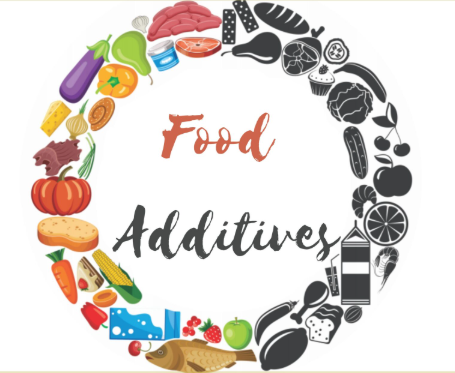Food additives play a crucial role in modern food production, enhancing flavor, texture, shelf life, and appearance. However, their use is strictly regulated to ensure consumer safety. If you’re a food manufacturer, supplier, or simply a curious consumer, understanding the rules for food additives is essential.
In this blog, we’ll cover:
✅ What are food additives?
✅ How are they regulated globally?
✅ Key approval processes
✅ Labeling requirements
✅ Controversial additives & alternatives
- What Are Food Additives?
Food additives are substances added to food during production, processing, or storage to improve:
- Preservation :e.g., sodium benzoate, potassium sorbate
- Texture :e.g., emulsifiers like lecithin, stabilizers like xanthan gum
- Flavor & Color :e.g., monosodium glutamate (MSG), caramel color
- Nutrition :e.g., vitamins, minerals
Not all additives are synthetic—many, like citric acid (E330) or ascorbic acid (E300), are naturally derived.
- How Are Food Additives Regulated?
Different countries have their own regulatory bodies overseeing food additive safety:
🇺🇸 United States (FDA)
- The U.S. Food and Drug Administration (FDA) regulates additives under the Federal Food, Drug, and Cosmetic Act (FD&C Act).
- Additives must be Generally Recognized as Safe (GRAS) or undergo pre-market approval.
- The Code of Federal Regulations (CFR Title 21) lists approved additives.
- 🇪🇺 European Union (EFSA)
- The European Food Safety Authority (EFSA) evaluates additives under Regulation (EC) No 1333/2008.
- Approved additives are assigned E-numbers (e.g., E331 for sodium citrate).
- Stricter bans on certain artificial colors and preservatives compared to the U.S.
- 🌍 Other Key Regulators
- 🇨🇳 China (GB Standards) – Follows GB 2760 for permitted additives.
- 🇯🇵 Japan (JFSL) – Regulated by the Ministry of Health, Labour and Welfare (MHLW).
- 🇨🇦 Canada (Health Canada) – Uses the Food and Drug Regulations (FDR).
- The Approval Process for Food Additives
Before an additive is approved, it undergoes:
Safety Testing – Toxicity studies (acute/chronic exposure).
Risk Assessment – Determining Acceptable Daily Intake (ADI).
Regulatory Review – Approval by agencies like FDA, EFSA, or WHO.
Labeling & Usage Limits – Defining maximum permitted levels.
⚠️ Banned Additives: Some additives allowed in one country may be banned in another (e.g., Brominated Vegetable Oil (BVO) is banned in the EU but allowed in the U.S. in small amounts).
Labeling Requirements
Transparency is key! Food additives must be listed on labels, either by:
Chemical name (e.g., “sodium benzoate”)
E-number (in the EU, e.g., “E211”)
Functional class (e.g., “preservative”)
🚫 “No Artificial Additives” Claims – Many brands now promote “clean-label” products, replacing synthetic additives with natural alternatives.
Controversial Additives & Health Concerns
While most additives are safe in regulated amounts, some remain debated:
Artificial Colors (E102, E129) – Linked to hyperactivity in children (EU requires warning labels).
Nitrites/Nitrates (E249-E252) – Used in processed meats; potential cancer risk.
Aspartame (E951) – An artificial sweetener under scrutiny by WHO.
🔍 Trend: Growing demand for natural preservatives (e.g., rosemary extract) and plant-based colorants (e.g., beetroot powder).
Conclusion: Are Food Additives Safe?
When used within legal limits, approved food additives are safe for consumption. However, regulations vary by country, so manufacturers must comply with local laws.
For businesses sourcing additives, always:
✔️ Verify supplier compliance (GMP, ISO, FDA/EFSA approval).
✔️ Check labeling laws in your target market.
✔️ Stay updated on regulatory changes.




